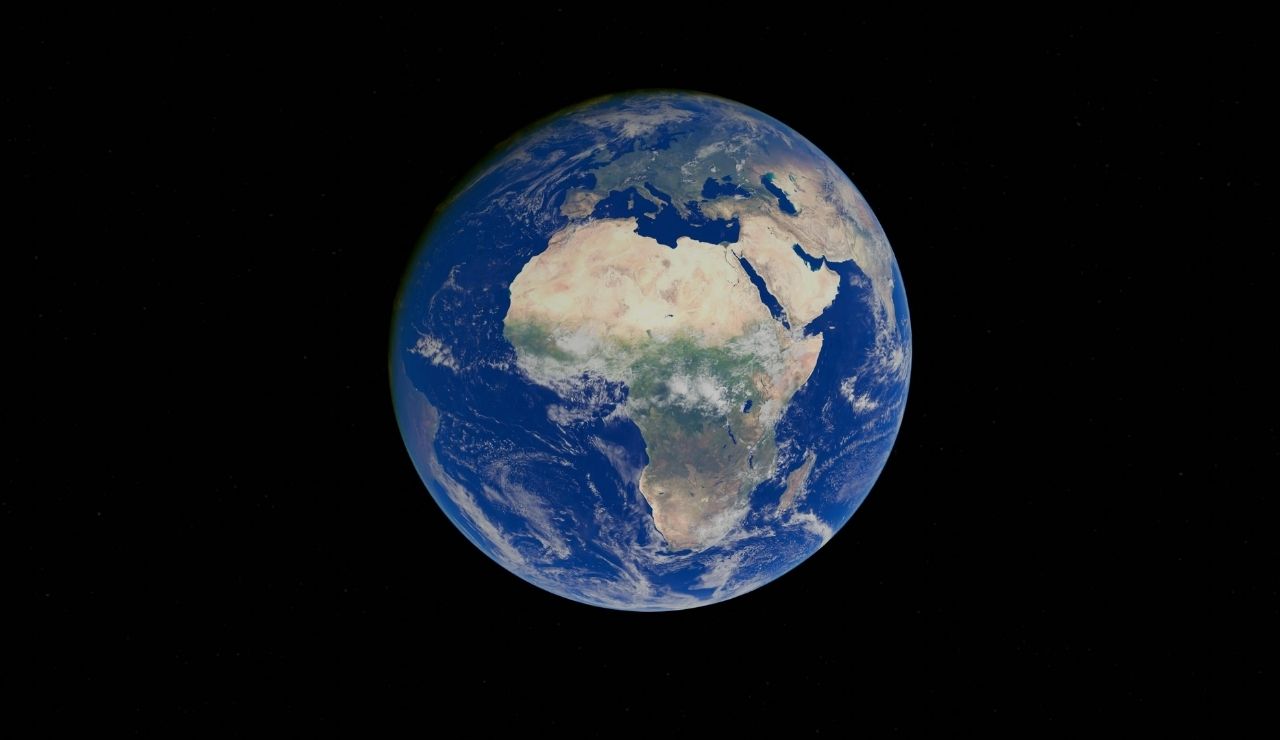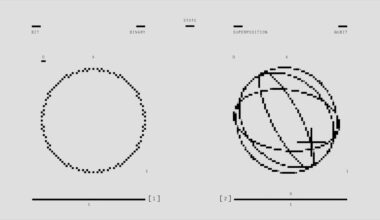For centuries, scientists, explorers, and engineers have gathered extensive evidence showing that Earth is spherical. Advances in technology have allowed direct observation and precise measurements that strongly support this fact. Yet a small number of people continue to reject these findings. Here are seven pieces of clear scientific evidence followed by three explanations for why some still question them.
1. Satellite Photography

Satellites orbit Earth and capture images that reveal its curved horizon and round shape. These photographs, transmitted in real time, consistently match the predictions made by astronomy and physics. Satellite data also allows mapping of global weather systems, which move in patterns that can only be explained by a rotating sphere. This visual and measurable proof is publicly available for anyone to examine.
2. The Horizon And Ship Disappearance
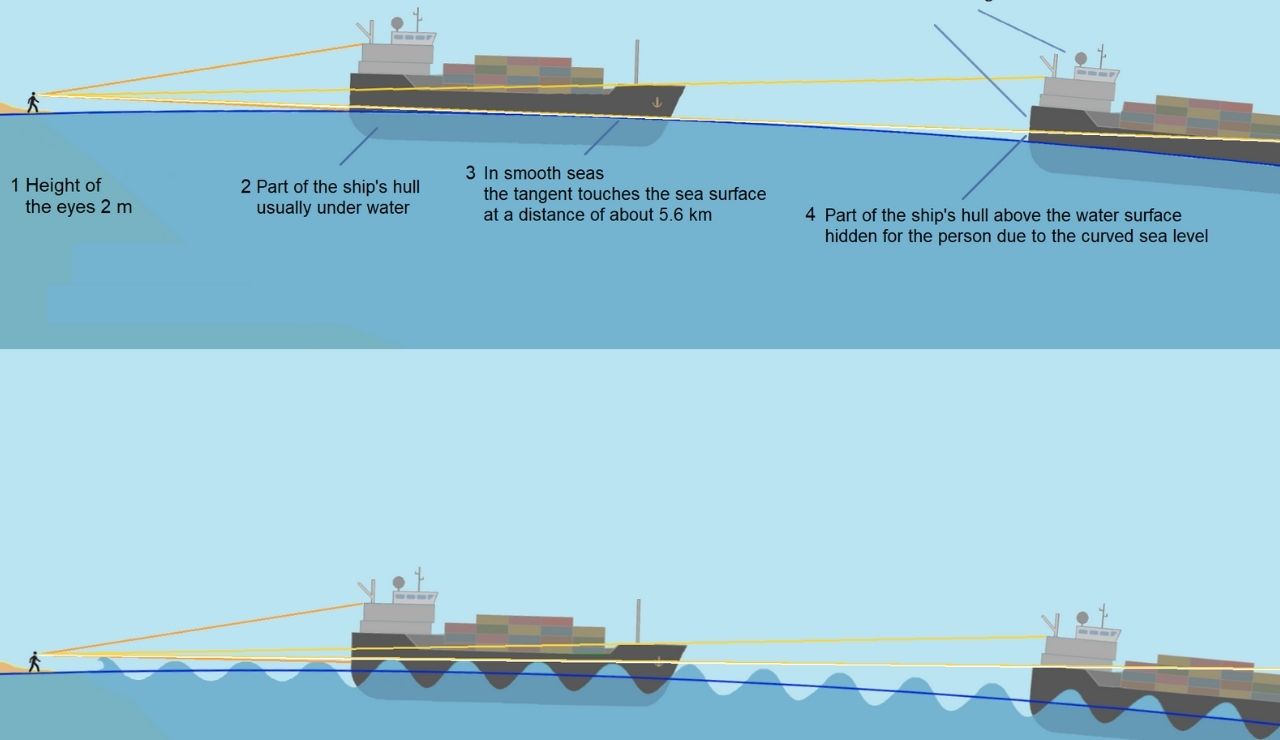
When ships sail away from shore, the lower part of the vessel disappears from view before the upper part. This happens because the ocean’s surface curves, gradually obscuring more of the ship as it moves farther away. On a flat surface, the entire ship would simply appear smaller without parts vanishing first. This observation, recorded for centuries, aligns with a round Earth model.
3. Lunar Eclipse Shadows
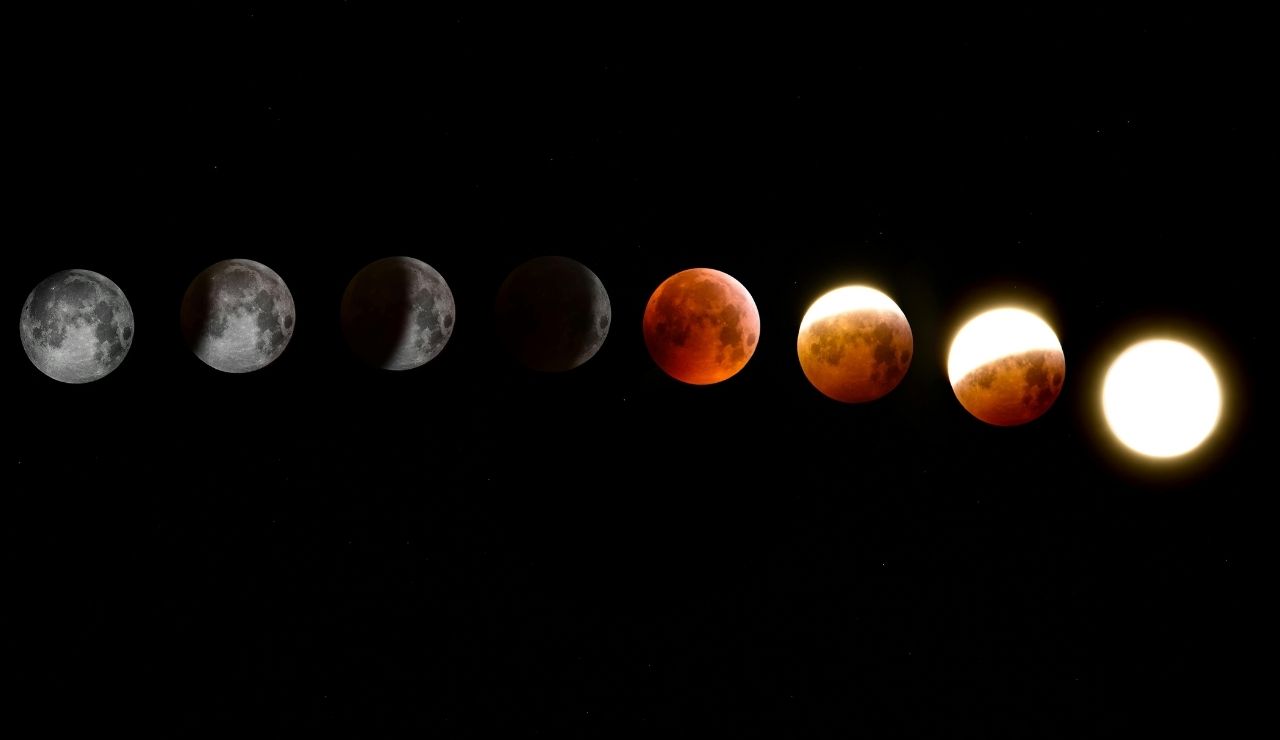
During a lunar eclipse, Earth casts a shadow on the Moon. The shadow is always curved, no matter where or when the eclipse occurs. The consistent shape is possible only if Earth is spherical. Ancient astronomers used this evidence long before modern science and space exploration confirmed it through direct observation.
4. Airplane Flight Paths

Long-distance flights follow routes that are shorter on a globe but appear curved on a flat map. These routes, known as great circles, reduce travel time and fuel consumption. Airlines plan their flights based on the spherical shape of Earth, and the actual travel distances match globe-based calculations. This practical application supports what scientific theory predicts.
5. Time Zones And Sunlight Patterns
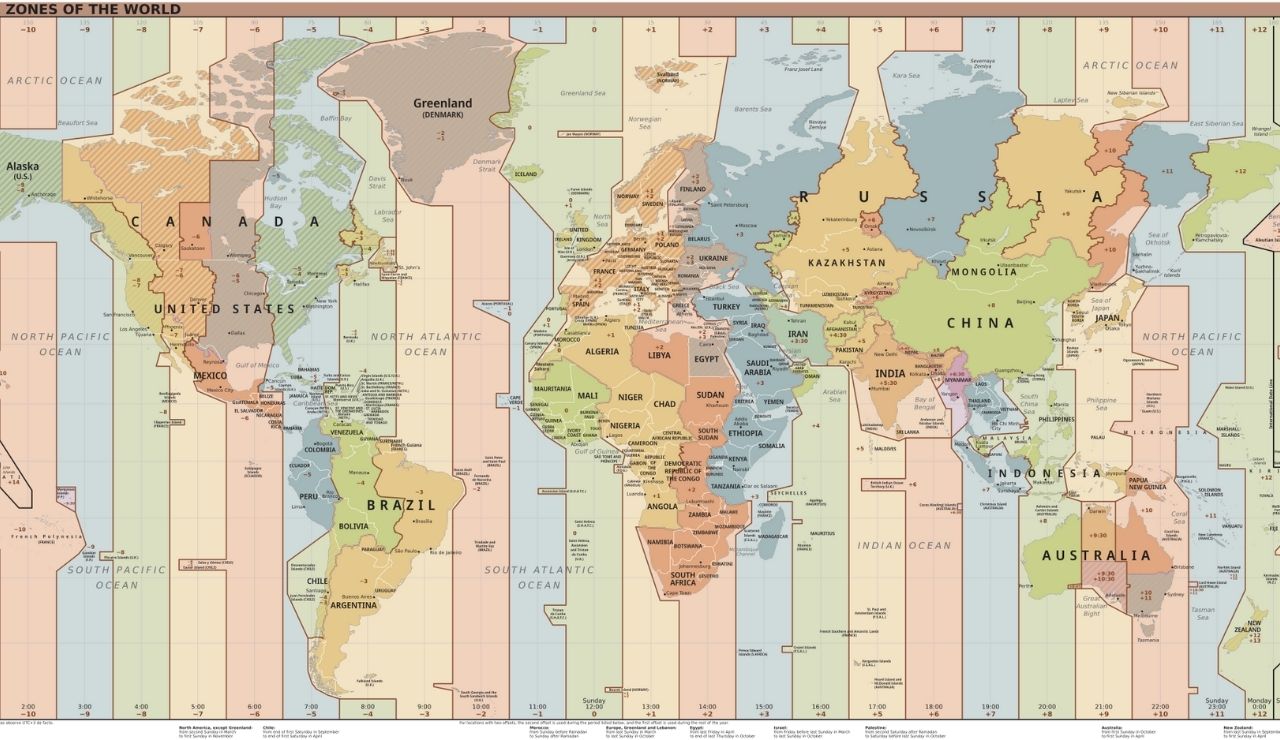
Different time zones exist because Earth rotates on a curved surface, causing sunlight to reach regions at different times. As the planet turns, one area moves into daylight while another enters darkness. On a flat Earth, the Sun’s light would have to behave in ways that contradict known laws of physics. The predictable cycle of day and night fits only with a rotating sphere.
6. Gravity’s Equal Pull Toward The Center

Gravity pulls objects toward Earth’s center of mass, creating a roughly spherical shape. This is why people across the globe stand upright relative to their location, even though they are positioned at different angles to one another. On a flat surface, gravity would have to pull sideways at the edges, which contradicts both observation and measurement. The consistent pull is possible only on a round planet.
7. Spacecraft Navigation And Orbits
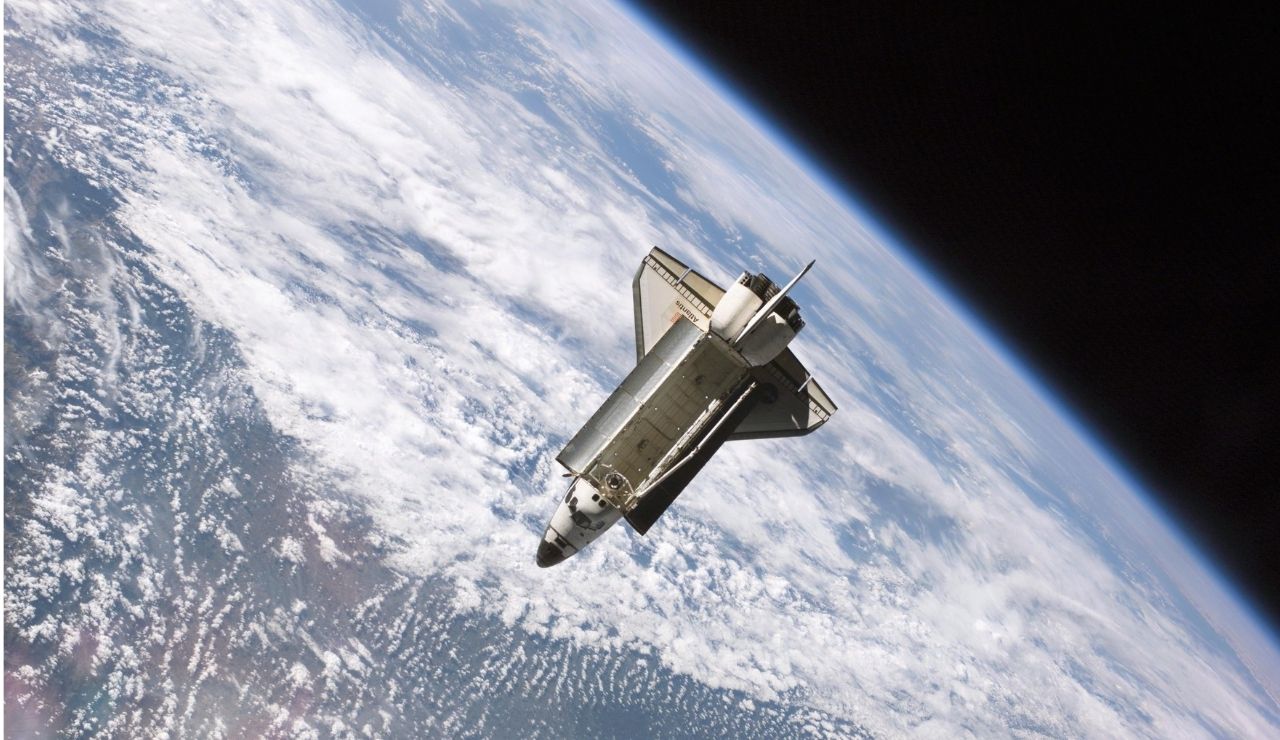
Space missions depend on calculations that only work if Earth is spherical. The placement of satellites, the timing of rocket launches, and the plotting of reentry paths all use globe-based models. Any other shape would cause navigational errors and mission failures. The accuracy of decades of space exploration confirms the reliability of the spherical model.
3 Reasons Some People Refuse to Accept It

Despite overwhelming and widely accessible proof, a small but persistent group remains unconvinced that Earth is round. Their skepticism isn’t fueled by a lack of information, in many cases, the evidence is right in front of them. Instead, it often stems from deeper issues involving trust, worldview, and interpretation of facts. Here are three common reasons why some people continue to reject this well-established reality.
1. Mistrust of Scientific Institutions

Some reject Earth’s roundness because they distrust governments, space agencies, and universities. They believe satellite photos are fabricated and that the truth is being hidden for political or financial reasons, despite overwhelming scientific evidence to the contrary.
2. Personal Observation Limits

A person standing on the ground cannot directly see the curvature, leading some to conclude it does not exist. They overlook the fact that Earth’s size makes the curve subtle over short distances, only becoming obvious through large-scale measurements or high-altitude views.
3. Influence of Online Communities

Social media has allowed flat Earth groups to grow and reinforce their beliefs. Echo chambers make it easier for misinformation to circulate, creating a sense of validation for those already skeptical of mainstream science, regardless of the evidence available.
